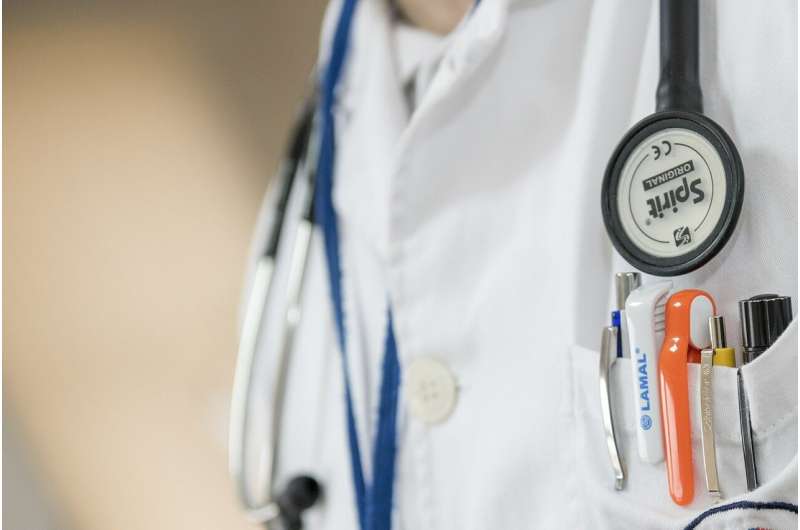Advancements in Noncontact Health Monitoring Using AI-Enhanced Radar Technology

Recent developments in medical technology highlight the promising role of radar combined with artificial intelligence to revolutionize health monitoring. Traditionally, measuring vital signs such as heart rate and respiration required direct contact with sensors or wearable devices, which can be inconvenient or uncomfortable, especially for long-term monitoring. Now, researchers are harnessing electromagnetic radar systems that can detect these subtle physiological movements remotely, even from across a room.
Radar fundamentally works by emitting electromagnetic waves that bounce off objects and return to the device, providing information about their distance, speed, and shape. When applied to health monitoring, radar detects tiny chest movements caused by breathing and heartbeat, which are otherwise imperceptible. Unlike infrared or camera-based techniques, radar signals can penetrate clothing, blankets, and walls without being affected by lighting conditions or skin tones, ensuring reliable measurements across diverse environments.
One of the key innovations is integrating radar with advanced artificial intelligence, particularly neural networks trained to interpret raw radar signals. This approach, known as end-to-end learning, enables the system to distinguish vital signs from noise and multiple moving objects simultaneously. This not only improves accuracy but also allows for real-time monitoring of multiple individuals, even in complex situations like sitting in a chair or lying down.
The implications for healthcare are substantial. Radar-based monitoring reduces the need for contact-based devices, decreasing risks of skin irritation, infection, and patient discomfort. It is particularly beneficial in long-term care settings, such as nursing homes, where continuous observation is essential. Future applications include home health systems that monitor breathing during sleep without wearables, and remote patient monitoring for post-surgical recovery or chronic disease management.
As this technology advances toward practical deployment, it promises a future where vital signs can be measured seamlessly through walls and clothing, making health surveillance more comfortable, safe, and accessible for individuals and caregivers alike, with minimal intrusion or privacy concerns.
source: https://medicalxpress.com/news/2025-04-ai-boost-efforts-health-radar.html
Stay Updated with Mia's Feed
Get the latest health & wellness insights delivered straight to your inbox.
Related Articles
Vancomycin Shows No Significant Effect in Preventing Recurrent C. difficile Infections
A recent clinical trial reveals that low-dose oral vancomycin does not significantly reduce the recurrence of Clostridioides difficile infections in adults, highlighting the need for further research in this area.
Family Physicians’ Insights on Clinical Integration: A Comprehensive Review
A comprehensive review explores family physicians' experiences and key factors influencing clinical integration, providing valuable insights to improve healthcare coordination and patient outcomes.
Global Study Reveals Widening Scale of Infant Malnutrition, Urging Immediate Action
A new global study uncovers the widespread and alarming extent of malnutrition among infants under six months, calling for immediate health interventions to save millions of vulnerable lives.
New Insights into Human Proteins Essential for Coronavirus Replication Suggest Innovative Treatment Approaches
New research uncovers key human proteins essential for SARS-CoV-2 replication, paving the way for innovative broad-spectrum antiviral treatments targeting host pathways.



